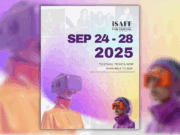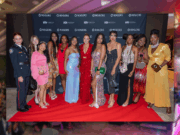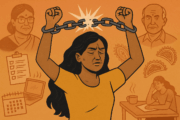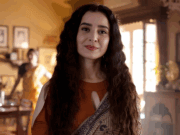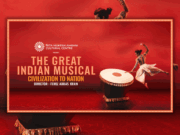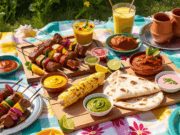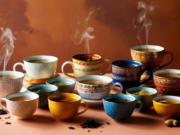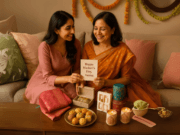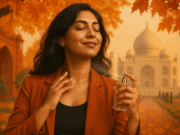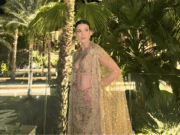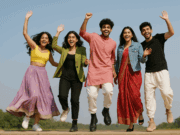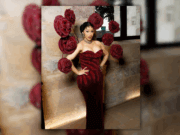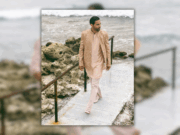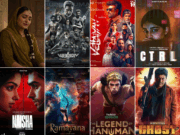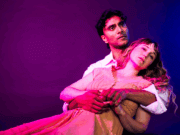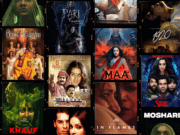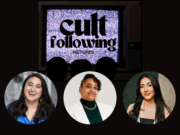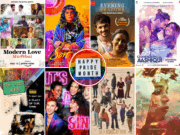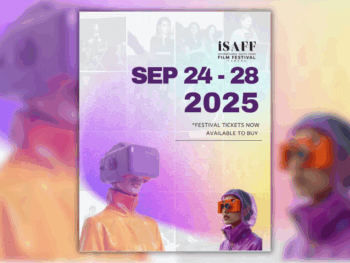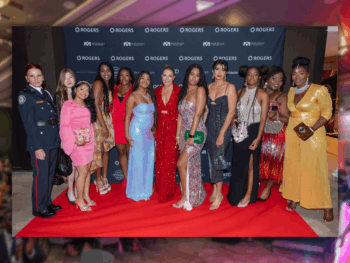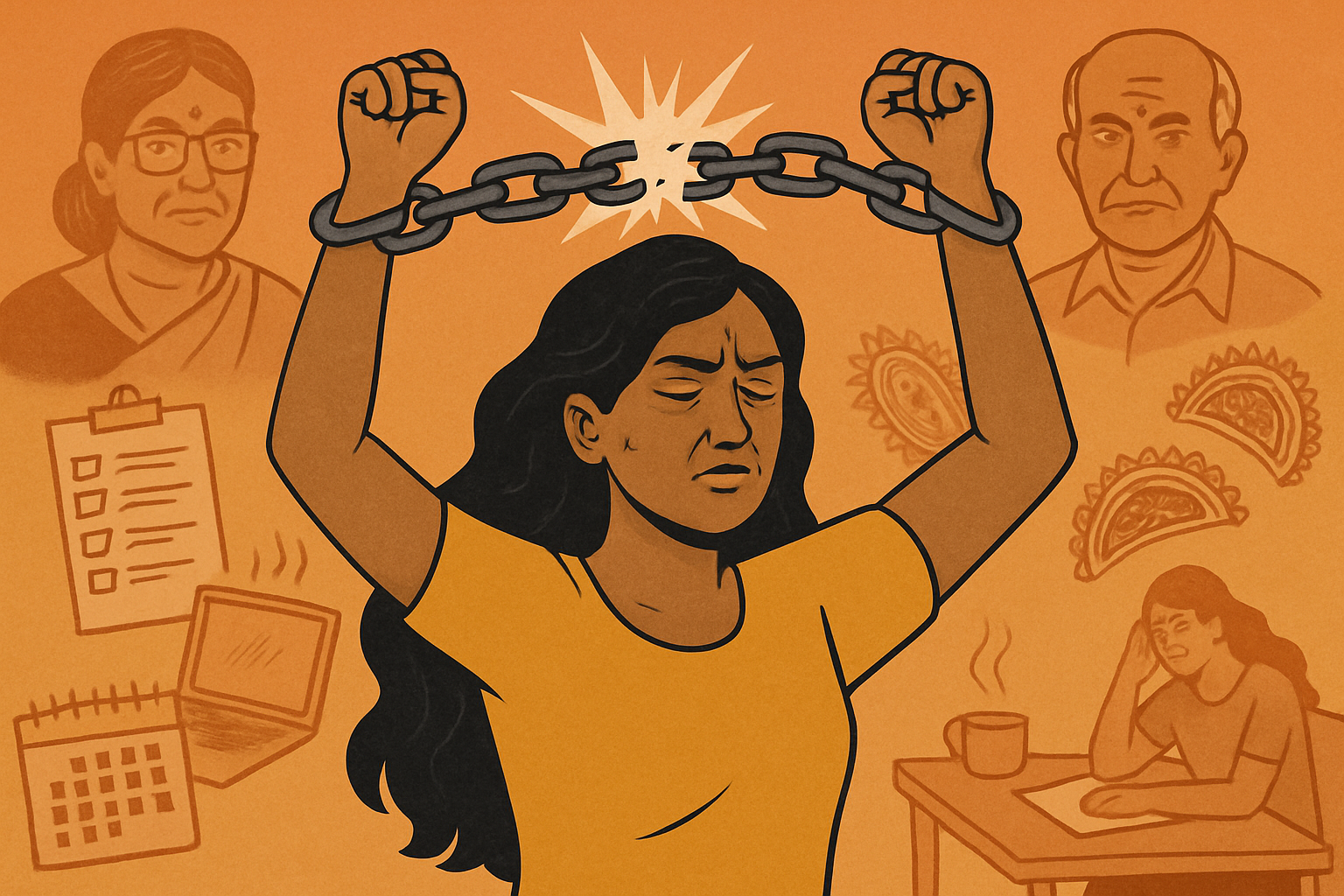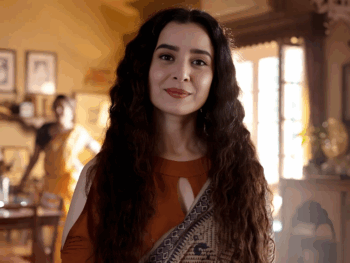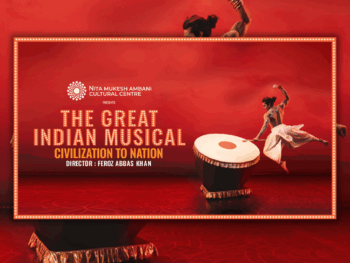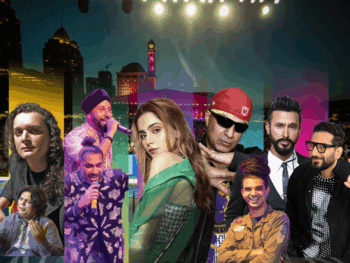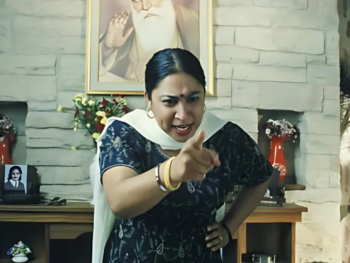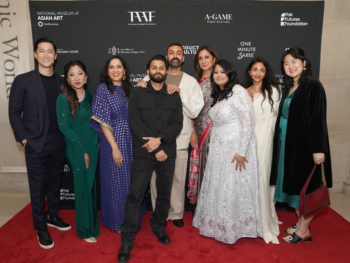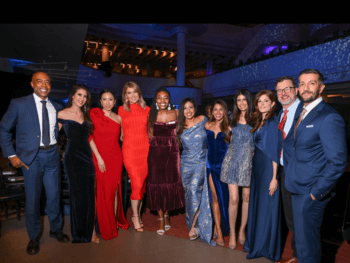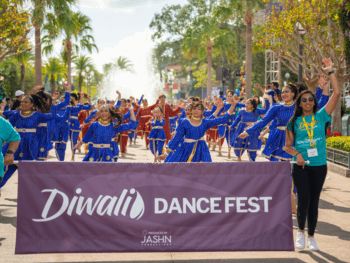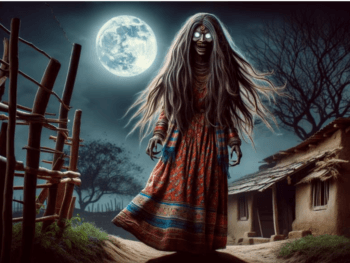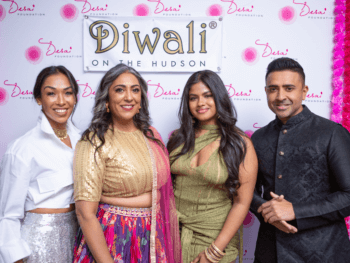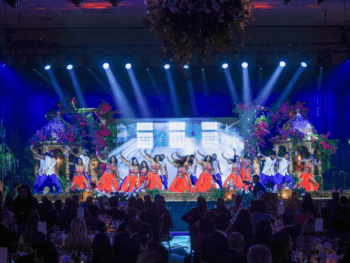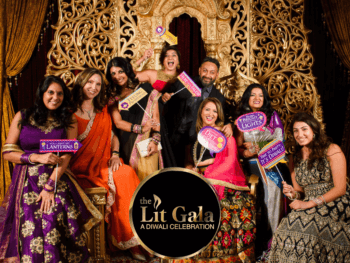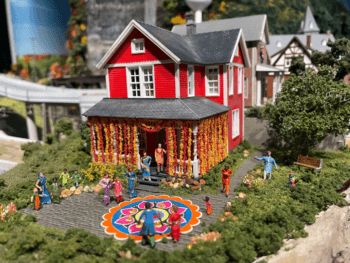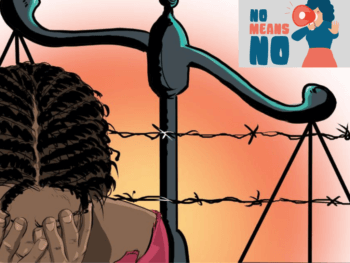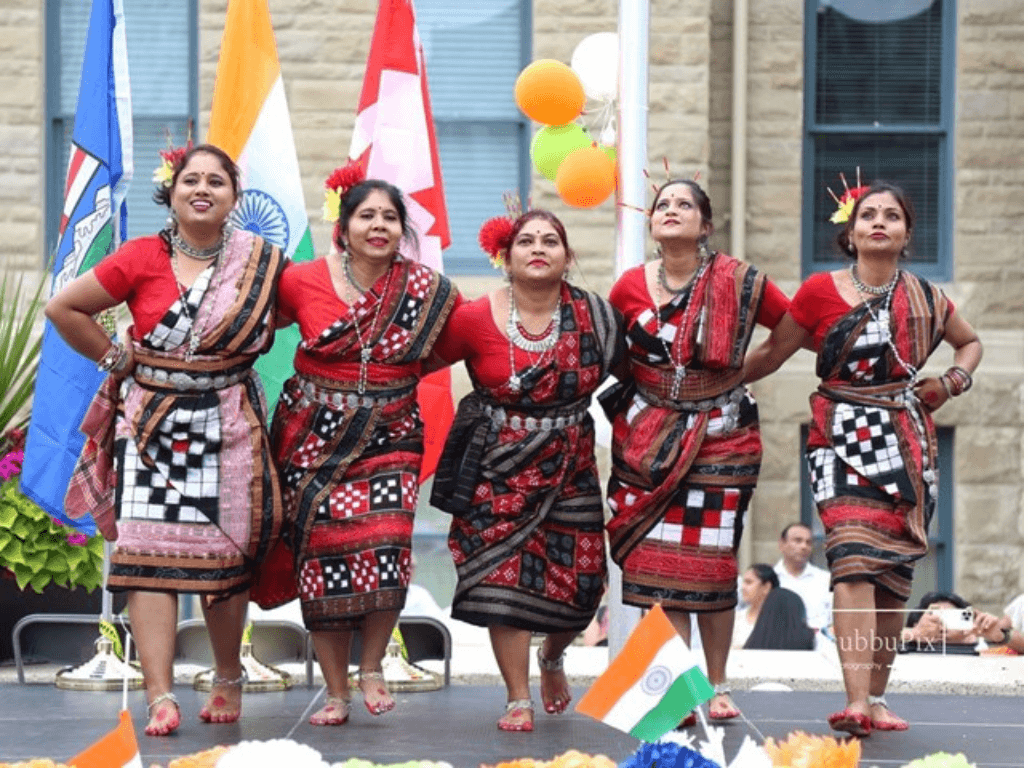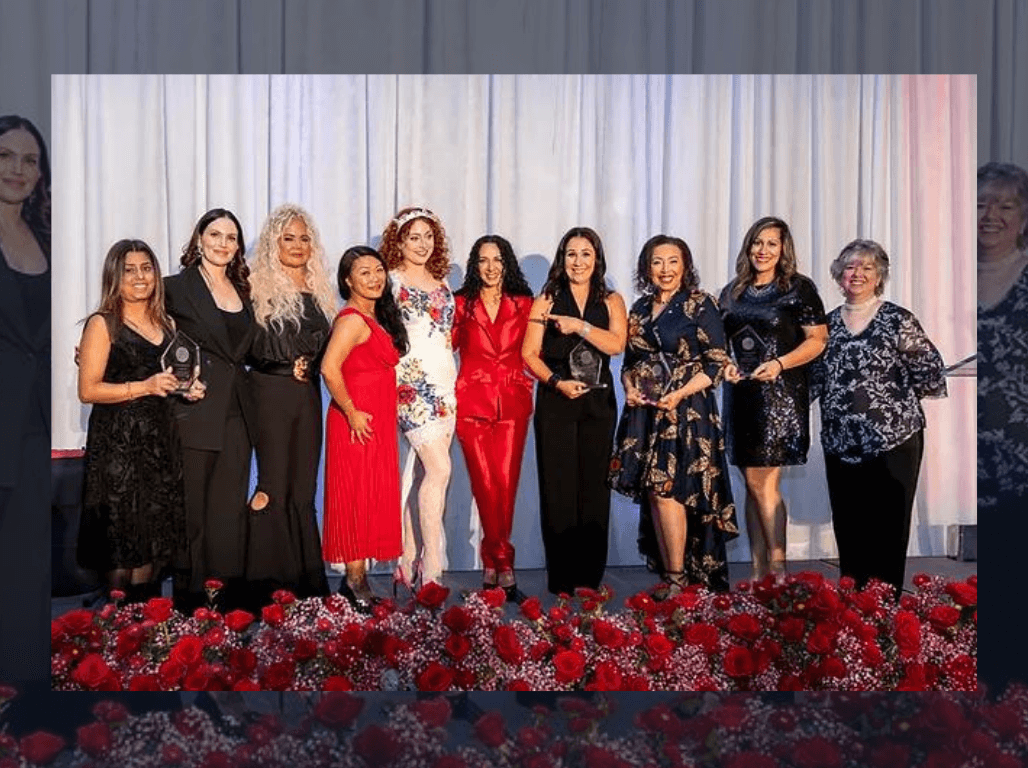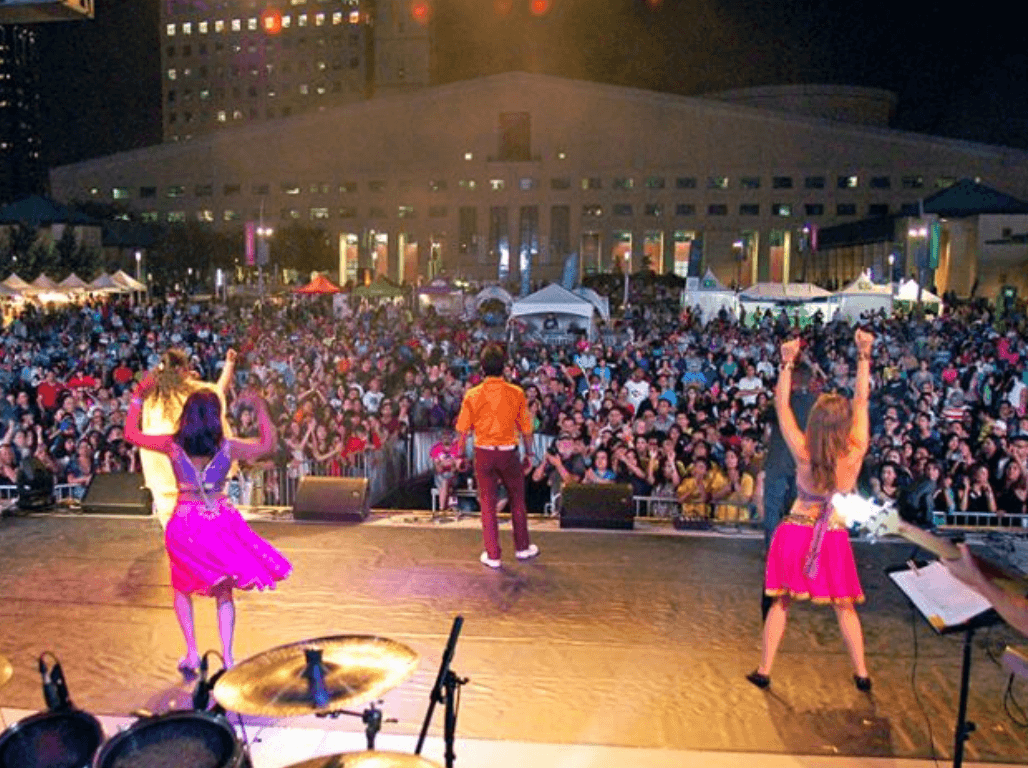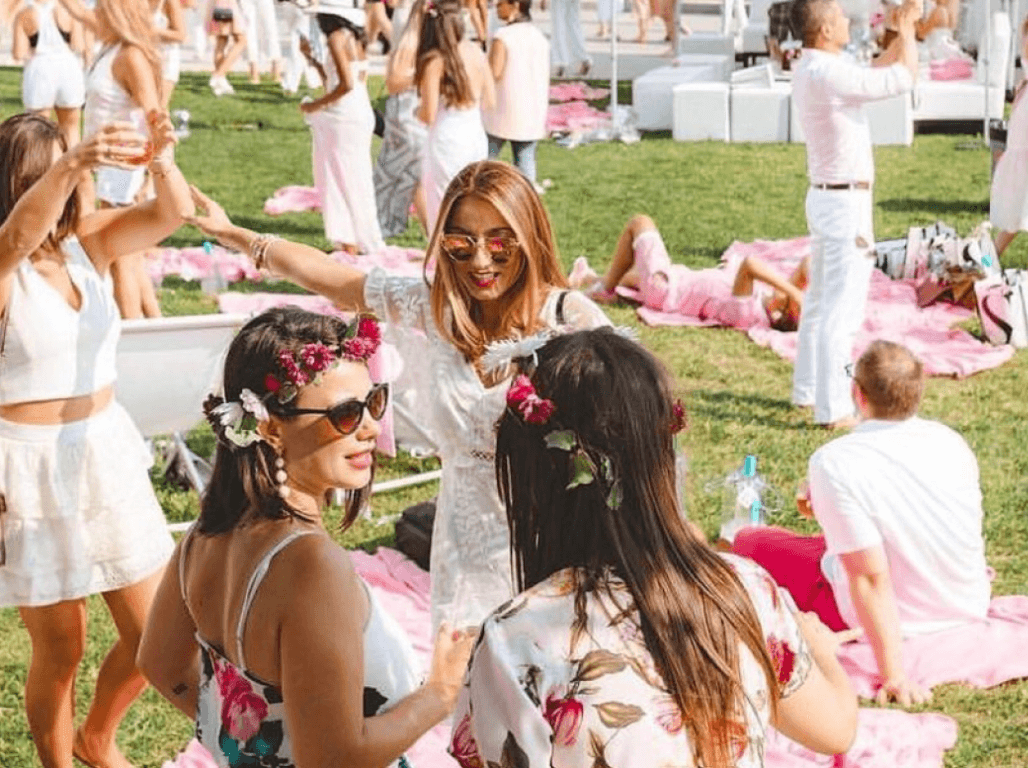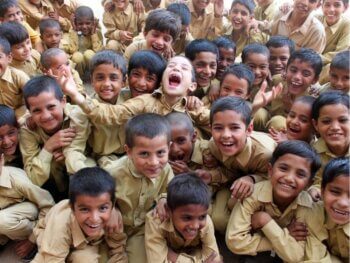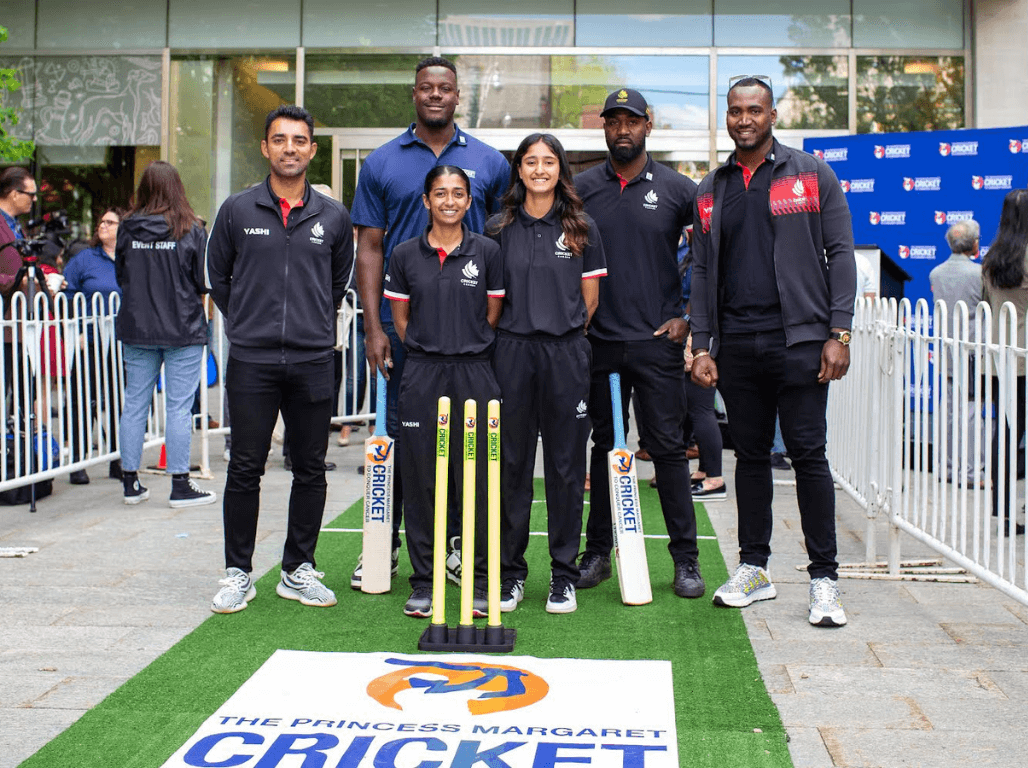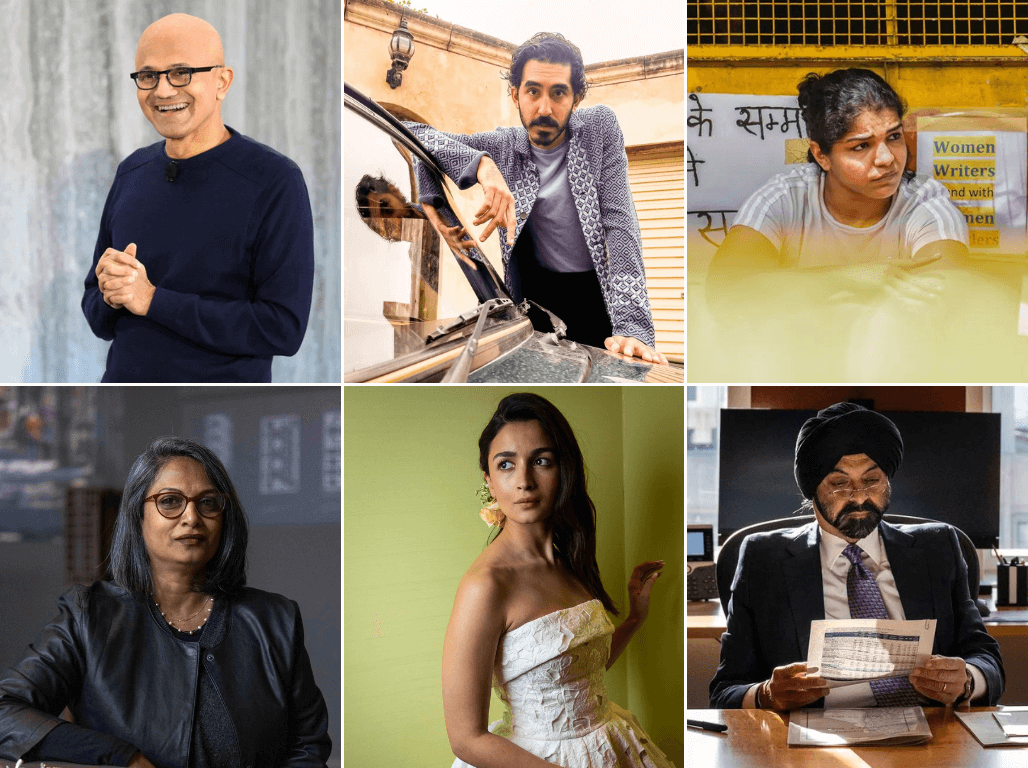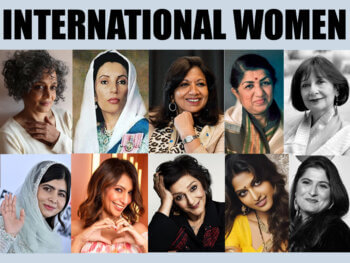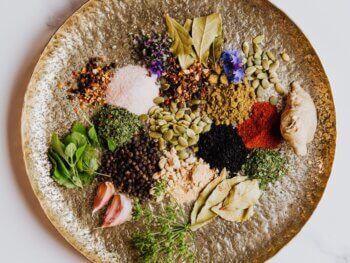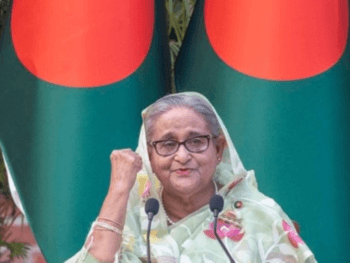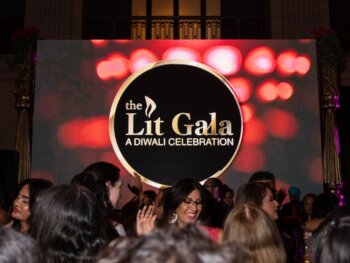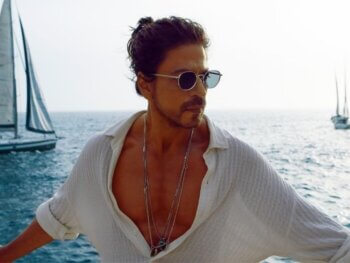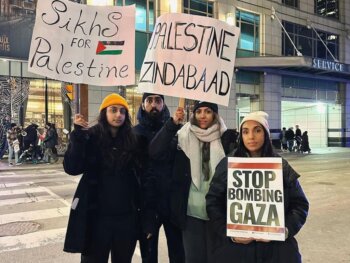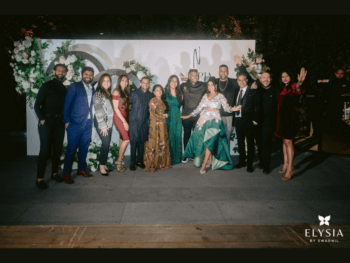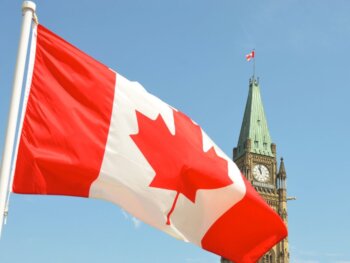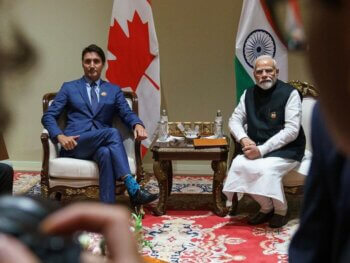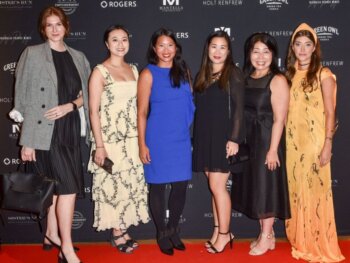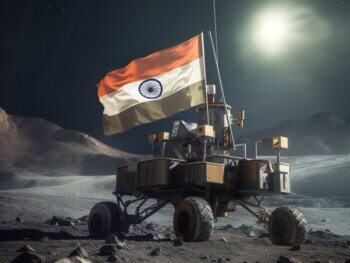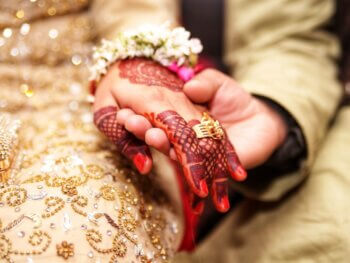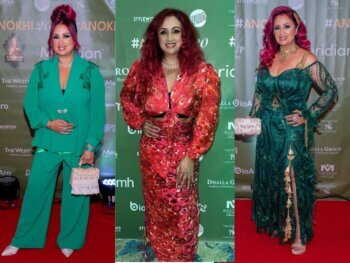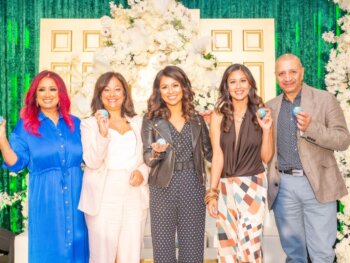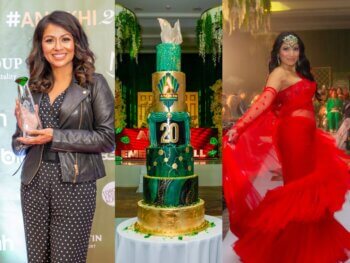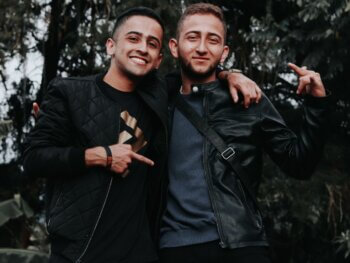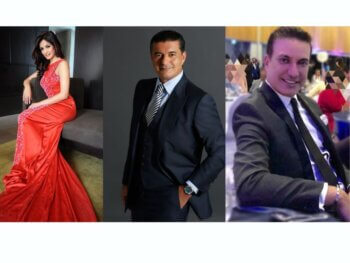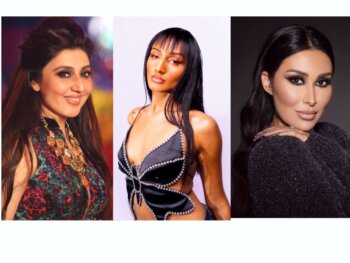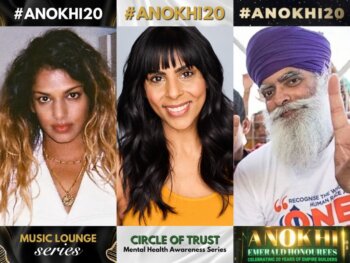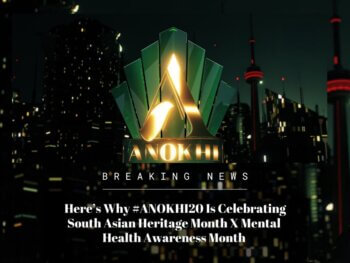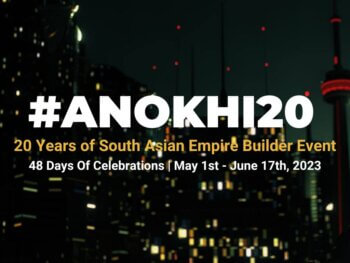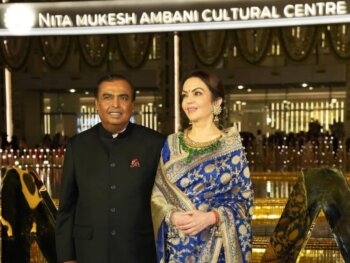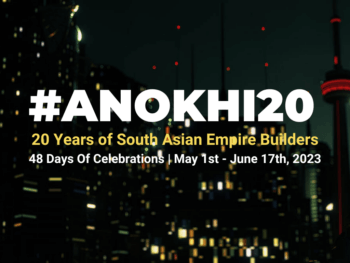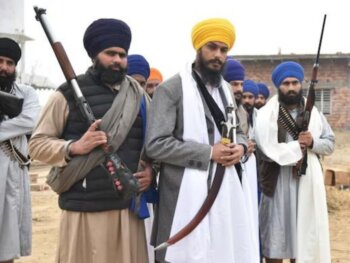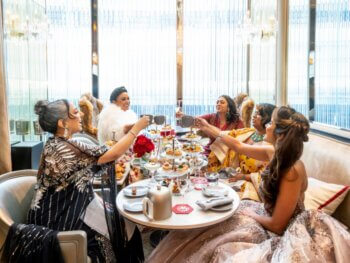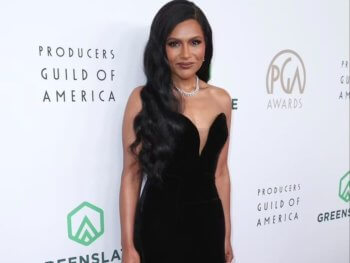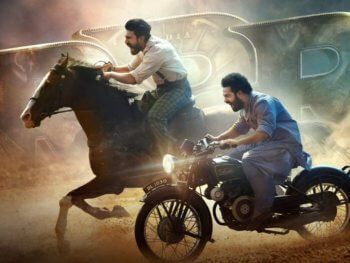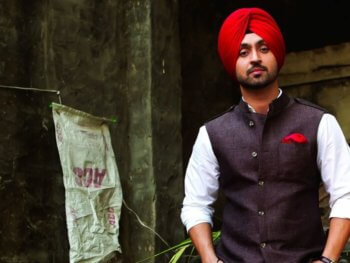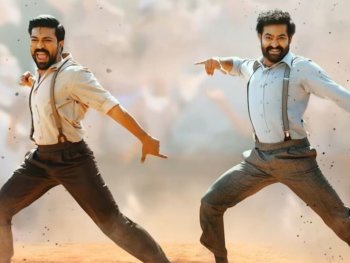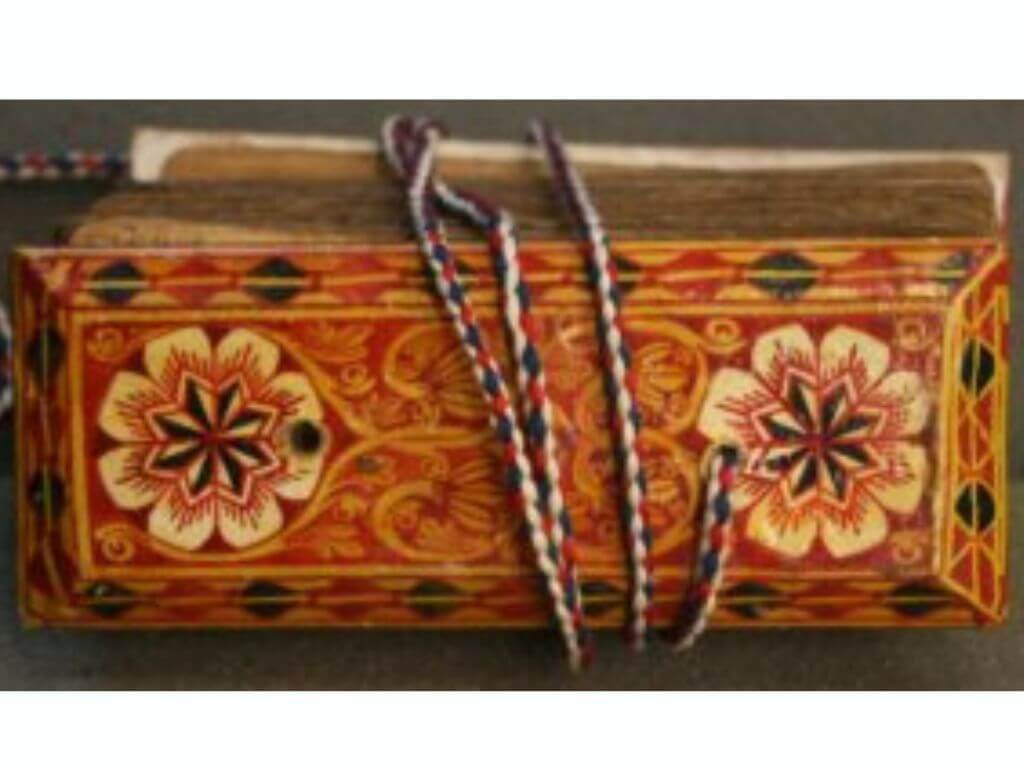
How Dr. Danister Perera Is Unlocking Sri Lanka’s Indigenous Medical Secrets In Palm Leaves
Culture Jan 19, 2024
Sri Lanka is world renowned for its tea and stunning beaches … but did you know that it also has its own indigenous medical traditions that have been captured for centuries in palm leaf manuscripts called olas?
Dr. Danister Perera, whose impressive academic background includes being an Ayurvedic doctor, earning a master’s degree in plant ethnography and an MPhil in social anthropology from the University of Kelaniya, has dedicated his work to transcribing, translating, and studying medical manuscripts. Through this work, Dr. Perera has become a time traveller of sorts, because he brings Sri Lanka’s medical knowledge which have been captured in palm leaves to life with his analysis, and simultaneously reminds the world that we have much learn from medical practitioners of the past.
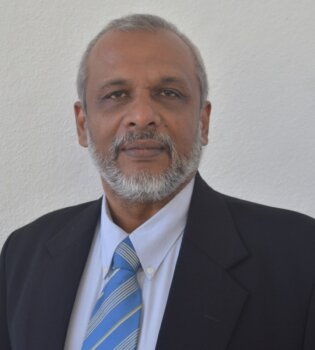
Dr. Perera who is now the Chairman, Expert Committee on Traditional Knowledge, Ministry of Environment, Visiting Lecturer, Department of Sociology, University of Kelaniya and Visiting Lecturer, Department of Forestry and Environmental Science, University of Sri Jayawardhanepura, graciously took the tine to speak with us about the palm leaf manuscripts.
UNDERSTANDING THE MANUSCRIPTS – THE ROOTS OF SRI LANKAN CULTURE
Meena Khan: Given your academic background and career as an Ayurvedic doctor, how did you end up analysing and transcribing palm leaf manuscripts?
Dr. Danister Perera: For the last 3 decades, I was involved in cultural anthropology, working with various cultural groups, especially on the issue of intangible cultural heritage.
MK: What have you learned about Sri Lanka’s culture through this work?
DP: The indigenous medicine of Sri Lanka is a unique, cultural knowledge system but has connections with other countries like India and Burma. Sri Lanka’s indigenous medicine has a system of documentary heritage which is written in the local language, Sinhalese. Normally, if you consider traditional knowledge in other countries, they do not have a system of documentation, because most of them come from the oral tradition.
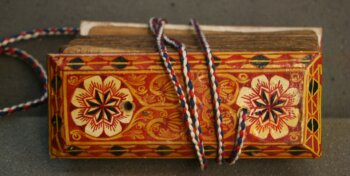
MK: What compelled the Sri Lankans doctors to capture the medical knowledge in palm leaves?
DP: We have a 2,500-year-old written history, which are written chronicles called the Mahāvaṃsa. We have the practise of writing which is centuries old. They (the scholars) started to document the Buddhist religious texts, and then in the same way they have documented the arts and literary works, especially medicine, as it is a popular science in this country.
THE MEANING OF THE MANUSCRIPTS
MK: What does doing this type of work mean to you personally and professionally?
DP: When I see a manuscript, I want to get into the context deeply and I want to understand it.
MK: How do you approach analysing a manuscript?
DP: Most of the ancient manuscripts, you cannot interpret in our present language. Reading a manuscript is a difficult task, because they have not separated the words so you need to separate the words. You have to read the sentences and then you have to get into the meaning. The meaning is a difficult task because sometimes there is a different interpretation for each word. Sometimes, you have to decode the context, and for decoding you have to find the key, and that key may be in a different manuscript.
MK: Why would the key be in a different manuscript?
DP: The scholar who wrote the manuscript may have wanted to hide it, to keep it a secret so that they cannot be exposed to outsiders. It is a trade secret system from the ancient times.
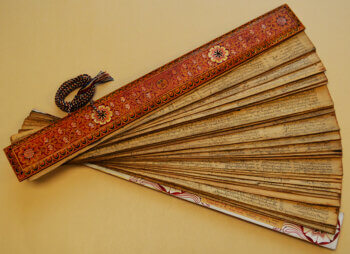
MK: Have you learned anything from the manuscripts that you have adapted into your own life?
DP: In the manuscripts you find specific formulas, the diagnostic systems and the prescription of the drugs. Ayurvedic doctors use the knowledge from the manuscripts, especially the ones who have gained their qualification and knowledge from their family heritage. They take these formulas from the manuscripts and use them.
THE ROLE OF MANUSCRIPTS IN SRI LANKAN SOCIETY
MK: Are the manuscripts well known in Sri Lanka?
DP: In Sri Lanka the medical knowledge was inherited by local practitioners, and they have their own collection of manuscripts coming form their own ancestors. They keep these manuscripts at home, and they are reading them, referring to them and sometimes they add some knowledge to them.
MK: Did medical practitioners share the manuscripts amongst themselves?
DP: There are two streams. In the family lineage stream, the knowledge was restricted to the family, and the other one is the public knowledge, scholarly stream where you can have some common manuscripts that can be accessed by anyone who wants to learn medicine.
MK: Are the manuscripts taught in medical schools in Sri Lanka?
DP: Yes. There is a separate department that teaches indigenous medicine. There is around 200 hours of learning allocated in the universities in Sri Lanka.
MK: Is there master list of families in Sri Lanka who have the manuscripts?
DP: We have prepared a catalogue of families who have the manuscripts and who have a long history of the tradition of this medical knowledge. There are a few famous families in Sri Lanka that are still practising.
SRI LANKAN INDIGENOUS MEDICINE – HOW IS IT DIFFERENT?
MK: Are there any common points between Ayurveda and Sri Lankan indigenous medicine?
DP: Theoretically, Sri Lankan indigenous medicine and Ayurveda share the same basic theories and similar principles but the practises are very different.
MK: What are the differences between Ayurveda and Sri Lankan indigenous medicine?
DP: Sri Lankan indigenous medicine has its own recipes, its own prescriptions based on its indigenous plants. Some of the plants you can only find in Sri Lanka, such as Binkohomba (Munronia pinnata), Venivel (Coscinium fenestratum), Datketiya (Ophiorrhiza mungos), Heenbovitiya (Osbeckia octandra) including some other endemic plants. The traditions are enriched by Buddhist practises and ethos. In Sri Lanka, we have had a Buddhist impact since the beginning. Sri Lanka is small but within a short distance we have a lot of environmental diversity, within a short space you will find hot and cold weather. The people have adapted themselves and their culture into their medicine.
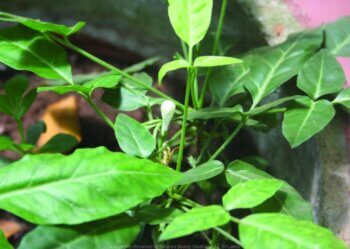
MK: Aside from plants and environmental differences are there other characteristics that are specific to Sri Lankan indigenous medicine?
DP: Most of the local practitioners use the medicine as well as ritual healing practises to treat disease. Ritual healing is a form of dematerialised therapy. They do not use medicine for that kind of ritual, they use mantras, astrology… etc. They have a system of healing based on spiritual practises.
MANUSCRIPTS AND THE WORLD
MK: Dr. Casey Wood donated some of his manuscripts to McGill, and now you are transcribing them. How do you feel about universities’ fascination with the manuscripts? (Ed. Note: several universities, aside from McGill, have olas as part of their collections.)
DP: I am not sure why they are interested because they cannot read them. Dr. Casey Wood was a doctor and he loved knowledge and took them as artifacts, and he brought them to McGill. The Casey Wood collection was read by me after 100 years. There is a valuable body of information in these manuscripts, and most of the manuscripts around the world have not been read. Manuscripts are not valuable when they are kept as artifacts. They should be used, read by someone. They are a living heritage, not a static one.
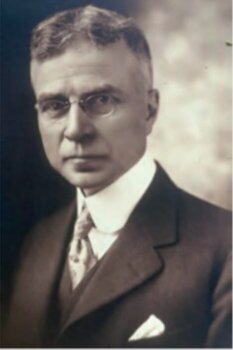
MK: What do you mean by living heritage?
DP: Once you keep them as an artifact, they are dead. Once you start to read it, touch it, turn the pages, it becomes a living being and it is a form of preservation. In Sri Lankan culture we consider the manuscripts to be a living being.
It is exciting to know that Dr. Perera’s work transports the wisdom of ancient word into our modern one. If you want to learn more about the manuscripts, visit this link for more details; https://news.library.mcgill.ca/sri-lankan-palm-leaf-manuscripts-as-sources-for-medical-history-and-the-revitalization-of-traditional-knowledge/
Main Image Photo Credit: Dr. Danister Perera
Meena Khan | Beauty Editor
Author
Meena (@meenalaregina) always loved the idea of exploring the non-conventional idea of beauty. Having grown up as a pimply chubby teenager, she wanted to see the change in the world that best reflected your uniqueness as well. Her well-received collection of blogs where she tries on various beauty p...




